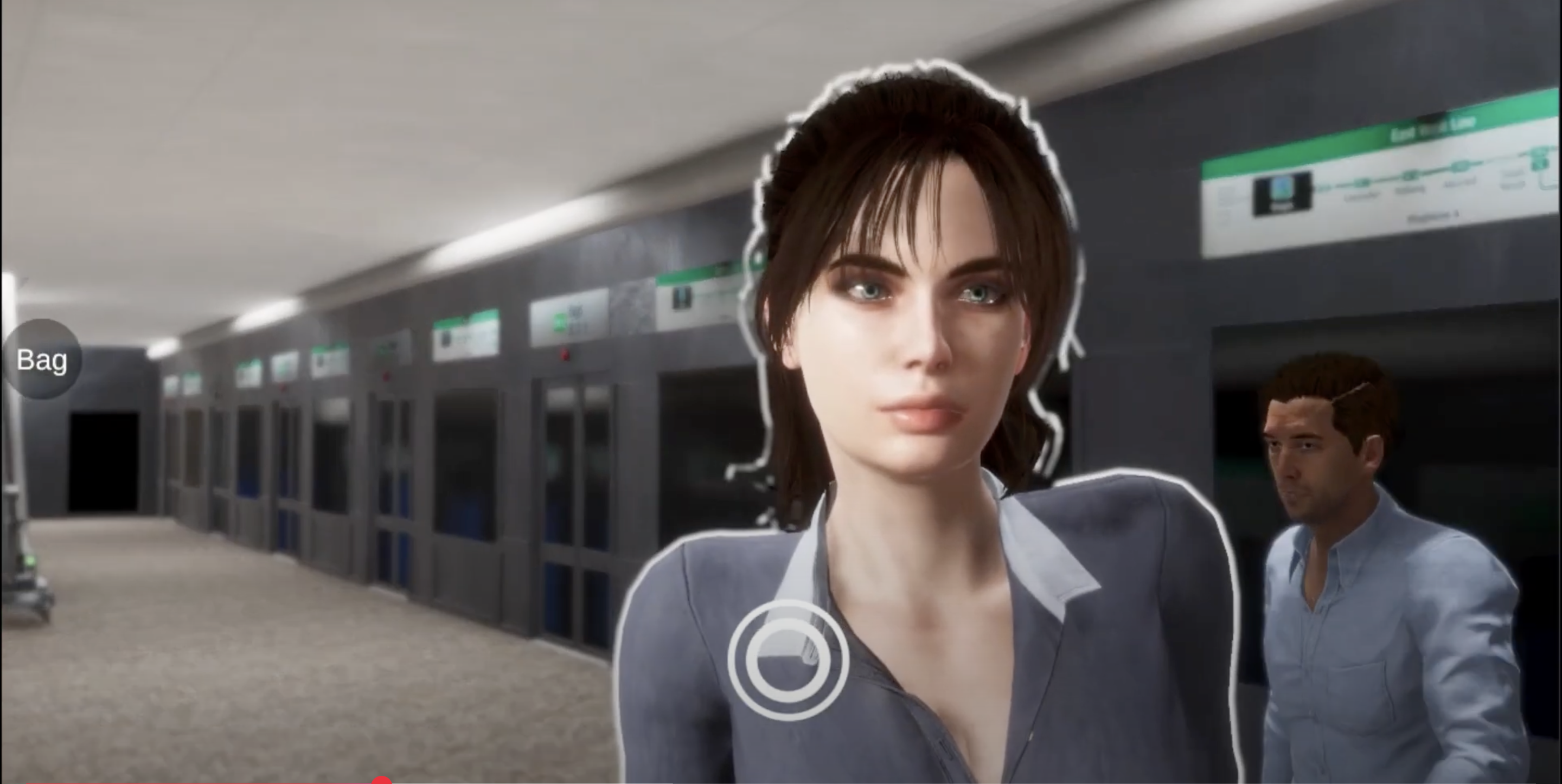Scenario Training

A learning technique called scenario training makes use of real-life scenarios to help people hone their abilities, work through issues, or get ready for obstacles they may face in the real world. It is extensively utilised in a variety of industries, including customer service, healthcare, business, and the military. The purpose of scenarios is to improve decision-making, critical thinking, and flexibility by simulating actual or imagined circumstances.
An outline of the possible framework for scenario training is shown below:
- Establish the Learning Objectives: Specify the knowledge or abilities you hope participants will acquire. For instance, efficiently managing challenging customer complaints may be the goal of training customer care agents.
- Construct Realistic Scenarios: Construct scenarios that closely mirror the real-world circumstances that participants may face. These may be predicated on prior encounters, possible hazards, or wholly speculative scenarios that assess abilities and judgement.
For instance, in a medical emergency, a nurse may have to intervene when a patient unexpectedly has cardiac arrest. - Include Problems or Challenges: Ensure that the scenario includes problems that call for judgement, critical thinking, or problem-solving. You could present several levels of intricacy, surprising turns, or moral conundrums that call for careful responses from the participants.
Example: Employees may have to settle a dispute amongst team members that is affecting project timelines in a business setting. - Offer Resources and Guidance: Inform participants of the tools and resources at their disposal, including mentorship, manuals, and guidelines.
For instance, participants may have access to tools and training materials in a firefighting scenario, but they must learn how to use them properly under pressure. - Practice Active Learning: Motivate participants to actively participate in the scenario by guiding them through decision-making, social interaction, and situational navigation using their knowledge.
As an illustration, during a management training session, participants may pretend to be both a team member and a leader in order to practise various communication techniques and leadership philosophies. - Debrief and Feedback: Following the completion of the scenario, hold a debriefing session where participants consider their actions, what worked, and what needs improvement.
For instance, soldiers may get together to talk about tactical choices, cooperation, and results during a military training exercise. - Repeat and Iterate: Participants in scenario training may go through several iterations, honing their abilities with each new scenario. They’ll get better at managing various difficulties over time.
An Illustration of a Customer Service Scenario Training Session:
Situation:
An irate consumer phones in because their property was damaged by a faulty product. In addition to following corporate policies, the representative must listen, sympathise, apologise, provide a solution, and control the customer’s elevated emotions.
Challenges:
It’s difficult to speak because the consumer is yelling. Within the parameters of the business, the representative must come up with a solution (e.g., no refunds, just exchanges).
Sources:
Policies of the company regarding product exchanges and refunds, as well as support from the manager if things get out of hand.

+65 8896 4147
